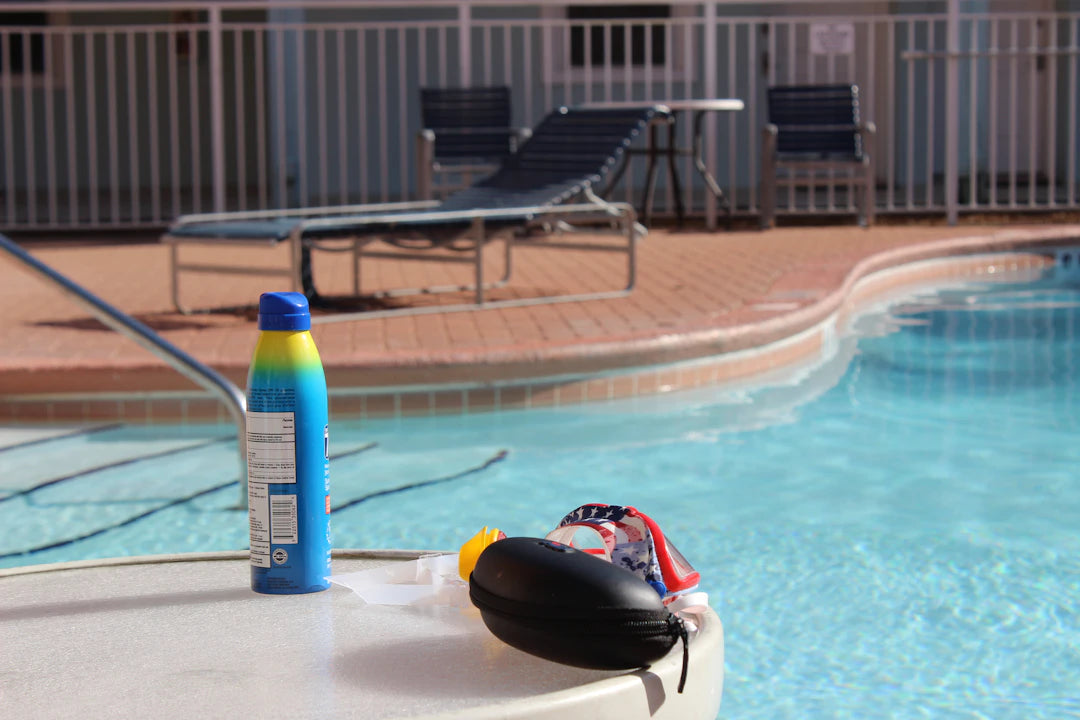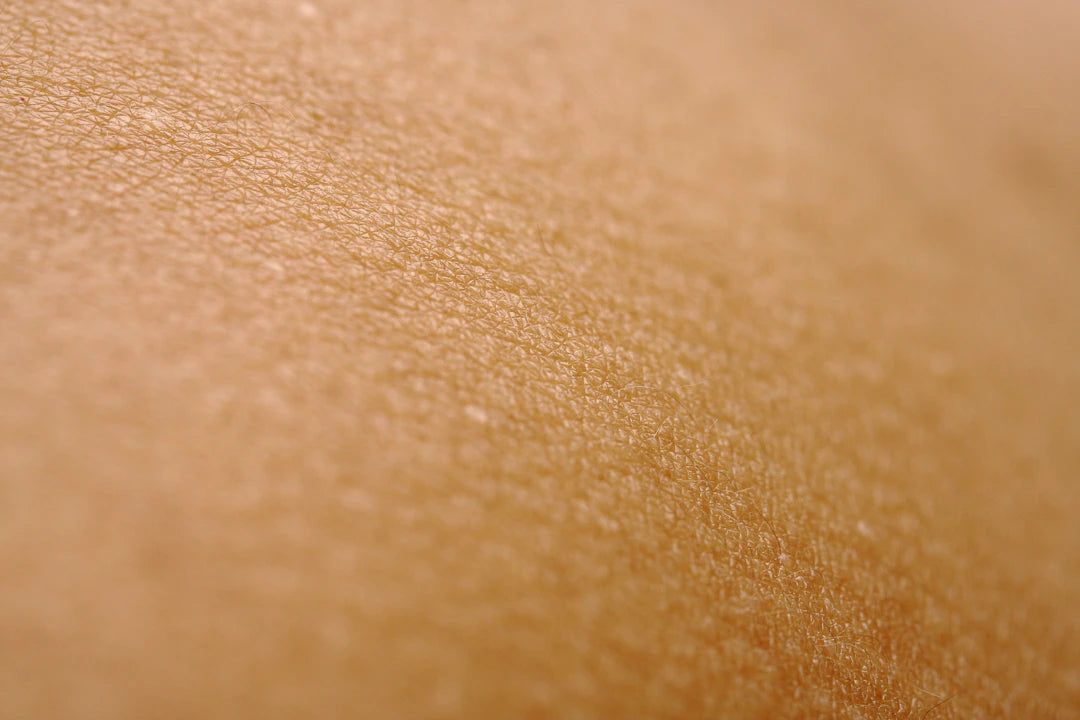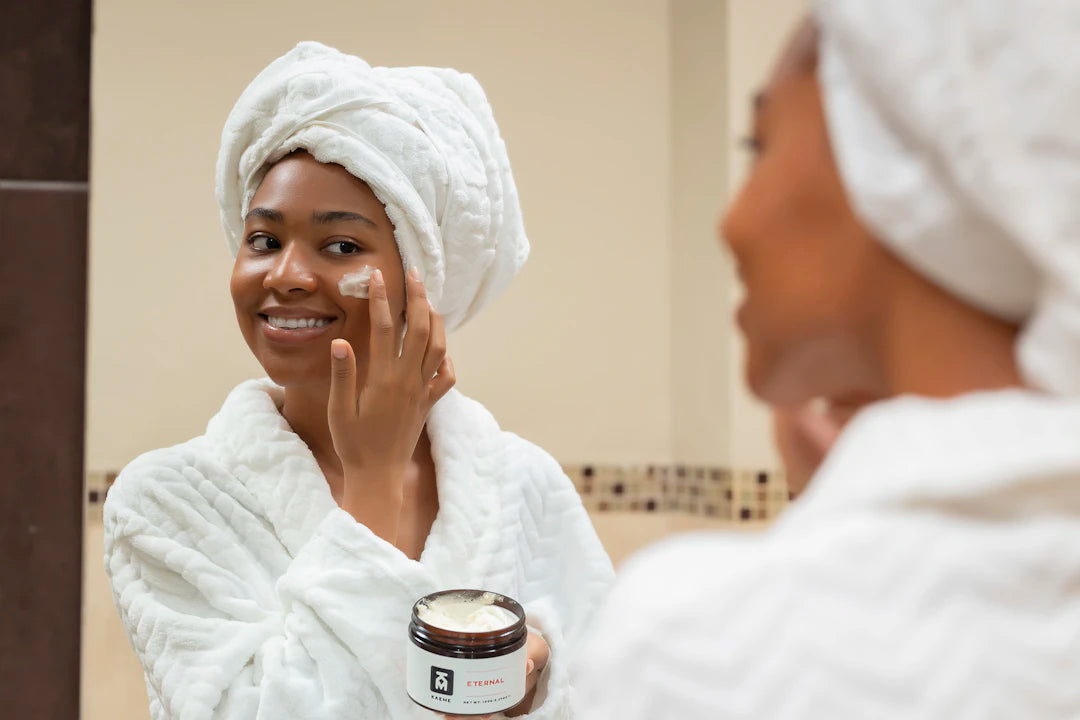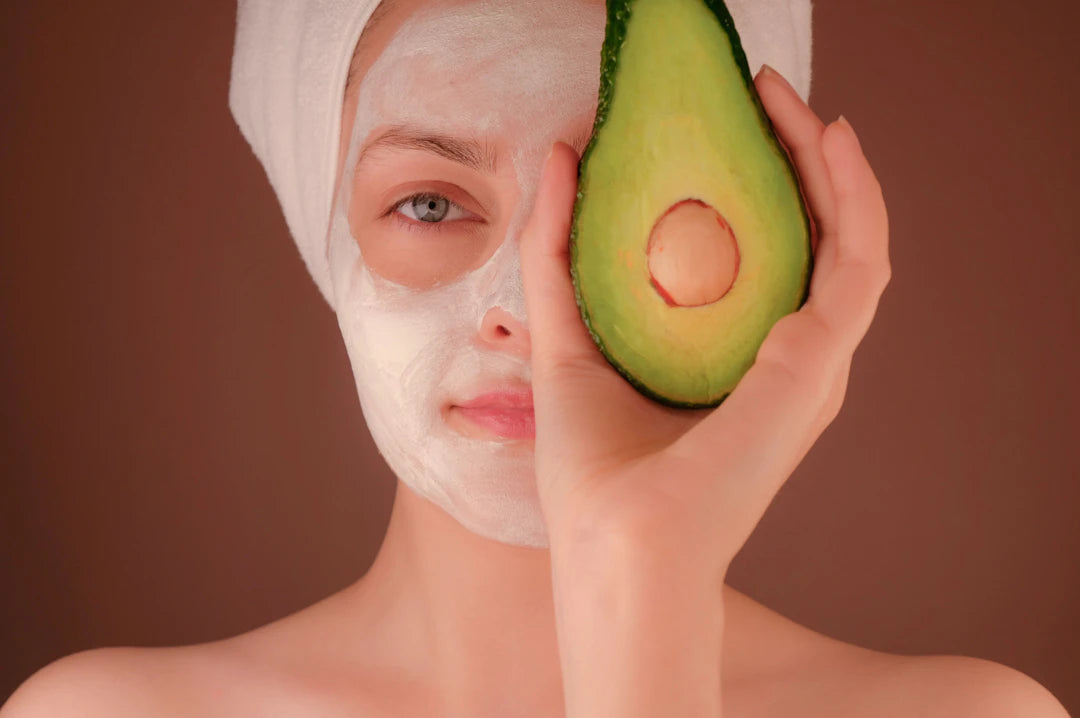Shield Your Skin: Why Sun Protection is Essential

Overview
Sun protection is essential for preventing skin damage from UV rays, which can cause aging and skin cancer. Understand the differences between chemical and physical sunscreens, choose the right SPF for your needs, and integrate sun protection into your daily routine year-round. Hydrating skincare products complement sun protection, helping maintain skin health and appearance. Regularly check for signs of sun damage and commit to lifelong skin care for optimal health and confidence.
Frequently Asked Questions
1. Why is sun protection important for skincare?
2. What are the different types of UV rays and their effects?
3. What does SPF mean and how does it work?
4. What is the difference between chemical and physical sunscreens?
5. How can I integrate sun protection into my daily skincare routine?
In a world where skincare has become an essential part of daily routines, the importance of sun protection cannot be overstated. While we often focus on hydrating skincare products and antiaging solutions, it is crucial to remember that sun protection acts as the first line of defense against skin damage. In this article, we will explore the significance of sun protection, the types available, and how to seamlessly incorporate it into your routine for optimal results.
The Science Behind Sun Damage
Our sun emits harmful UV rays that can have serious consequences for our skin. The two primary types of UV rays are UVA and UVB:
- UVA rays: These rays penetrate deep into the skin and are primarily responsible for premature aging, including wrinkles and loss of elasticity. They can pass through windows, making them a silent threat.
- UVB rays: Known for causing sunburns, these rays are the primary culprits behind skin cancer. UVB rays are more intense in the summer months and can damage the outer layers of skin.
The cumulative effect of sun exposure can lead to many skin issues, including dark spots, hyperpigmentation, and skin cancers. Thus, incorporating sun protection into your routine not only preserves youthful skin but also reduces health risks.
Understanding SPF and Its Importance
SPF, or Sun Protection Factor, is a measure of a sunscreen's effectiveness at preventing UVB damage. However, understanding SPF can be tricky:
- SPF 30: Blocks approximately 97% of UVB rays.
- SPF 50: Blocks around 98% of UVB rays.
- Higher SPFs: While they offer slightly more protection, it's important to remember that no sunscreen completely blocks UV rays.
It’s vital to select an SPF level suited to your skin type and daily activities. If you spend extended periods outdoors, a higher SPF and water-resistant formula may be necessary.
Types of Sun Protection: Chemical vs. Physical
When selecting sun protection, you’ll come across two main types: chemical and physical (or mineral) sunscreens. Understanding the differences can help you make an informed decision.
Chemical Sunscreens
Chemical sunscreens penetrate the skin and absorb UV rays, converting them into heat, which is then released from the body. Ingredients like avobenzone and octisalate are common. They tend to be lightweight, making them perfect for daily wear. However, they may cause irritation for sensitive skin types.
Physical Sunscreens
Physical sunscreens, on the other hand, contain active mineral ingredients like zinc oxide or titanium dioxide that sit on top of the skin and deflect UV rays. These are ideal for those with sensitive skin and are often considered safer for the environment as they don't contain potentially harmful chemicals.
Choosing between the two boils down to personal preference and skin type. Both types can be effective if applied correctly.
Integrating Sun Protection into Your Daily Routine
Protecting your skin from the sun should be as routine as cleansing and moisturizing. Here’s how you can seamlessly incorporate it into your regimen:
- Morning Layer: Start your day with a broad-spectrum sunscreen after applying your hydrating skincare products. If you are using a moisturizer with SPF, ensure it provides adequate protection.
- Don’t Forget Other Areas: Apply sunscreen on often-missed areas like the back of the neck, ears, and tops of your feet if exposed.
- Reapplication is Key: Sunscreen should be reapplied every two hours, especially after swimming or sweating. Consider a setting spray with SPF for easy reapplication.
- Use UV-Blocking Accessories: Hats, sunglasses, and clothing with UPF can fervently enhance your sunscreen routine and offer an additional layer of protection.
The Role of Hydrating Skincare Products
While sun protection is paramount, keeping your skin hydrated also plays a critical role. Hydrating skincare products work in synergy with sunscreen to provide a moisture-rich environment, counteracting dryness that may result from sun exposure.
Incorporating ingredients like hyaluronic acid, glycerin, and aloe vera can enhance the hydration level, which is especially important since dehydrated skin can show signs of aging more prominently. Pair your sunscreen with a hydrating serum or moisturizer to maintain the skin's natural balance and resilience.
Spotting the Signs of Sun Damage
Despite our best efforts, sun damage can still occur. Knowing what to look for is crucial to ensure you respond promptly:
- Fine Lines and Wrinkles: Sun exposure accelerates collagen breakdown, leading to premature aging.
- Dark Spots: These are often a result of hyperpigmentation caused by excessive sun exposure over the years.
- Uneven Skin Tone: Prolonged exposure to sunlight can result in areas of skin darkening, leading to a blotchy appearance.
- New or Changing Moles: Monitor moles or spots on your skin regularly as changes could indicate skin damage or health risks.
Your Lifelong Commitment to Skin Health
Taking care of your skin is a lifelong journey, and sun protection should be at the forefront of this commitment. It's not just about aesthetics; it's about protecting your overall health. Daily sun protection combined with a consistent use of hydrating skincare products can lead to beautiful and resilient skin, delaying the aging process and minimizing damage.
Additionally, combining sun protection with other healthy skincare practices—such as a balanced diet rich in antioxidants, regular hydration, and avoiding smoking—can further enhance your skin's vitality.
Sun Protection: Not Just for Summer
Many people associate sun protection with summer days at the beach, but UV rays are prevalent year-round, regardless of the weather or season. For this reason, adopting a whole-year sun protection regimen is vital.
Even in cooler months, UV rays can penetrate clouds and cause harm to your skin. Snow and water reflect sunlight, further amplifying exposure. Thus, whether you are hitting the slopes or enjoying a cloudy day, sunscreen should be a non-negotiable aspect of your routine.
Embracing Your Skin with Confidence
By incorporating sun protection into your daily routine and combining it with nourishing, hydrating skincare products, you create a formidable shield against potential skin damage. The quest for youthful, radiant skin does not have to be a daunting process—start with the basics of sun protection and watch your confidence bloom.
In every season and every circumstance, protect your skin with diligent care, understanding that the choices you make today will influence your skin's health tomorrow. Embrace each day with the knowledge that you are arming your skin with the utmost protection it deserves.
Linked Product

Hydrate & Protect Bundle
The Hydrate & Protect Bundle combines a hydrating hyaluronic acid serum with a broad-spectrum SPF for an effective summer skincare routine. The Water Molecule Serum enhances moisture retention, while the EltaMD UV Clear SPF 46 offers lightweight protection against harmful UV rays, making it suitable for sensitive and acne-prone skin. This duo helps maintain skin hydration and defense throughout the warmer months.
View Product

